Transform Your Space with Garden Hanging Bags: Home & Garden’s Vertical Grow Bags for Plants and Flowers
Garden hanging bags are a great way to save space while increasing your plant yield. These versatile bags can hold a variety of plants and flowers, including herbs, succulents, and trailing vines. To use them effectively, it’s important to choose the right size bag and soil, and ensure proper watering and drainage. With these tips, you’ll be able to create a beautiful vertical garden that will thrive in even the smallest of spaces. So why not try using garden hanging bags for your next gardening project? You might be surprised at how easy and rewarding it can be!
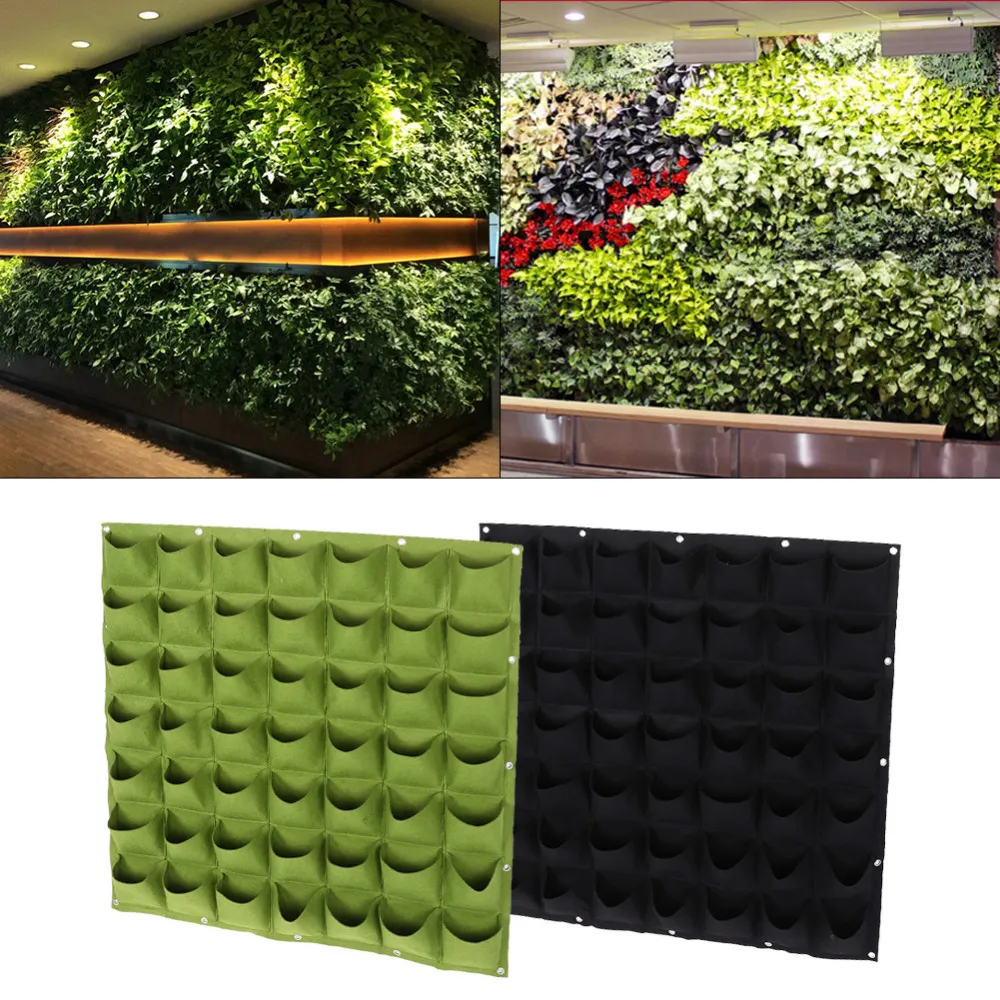
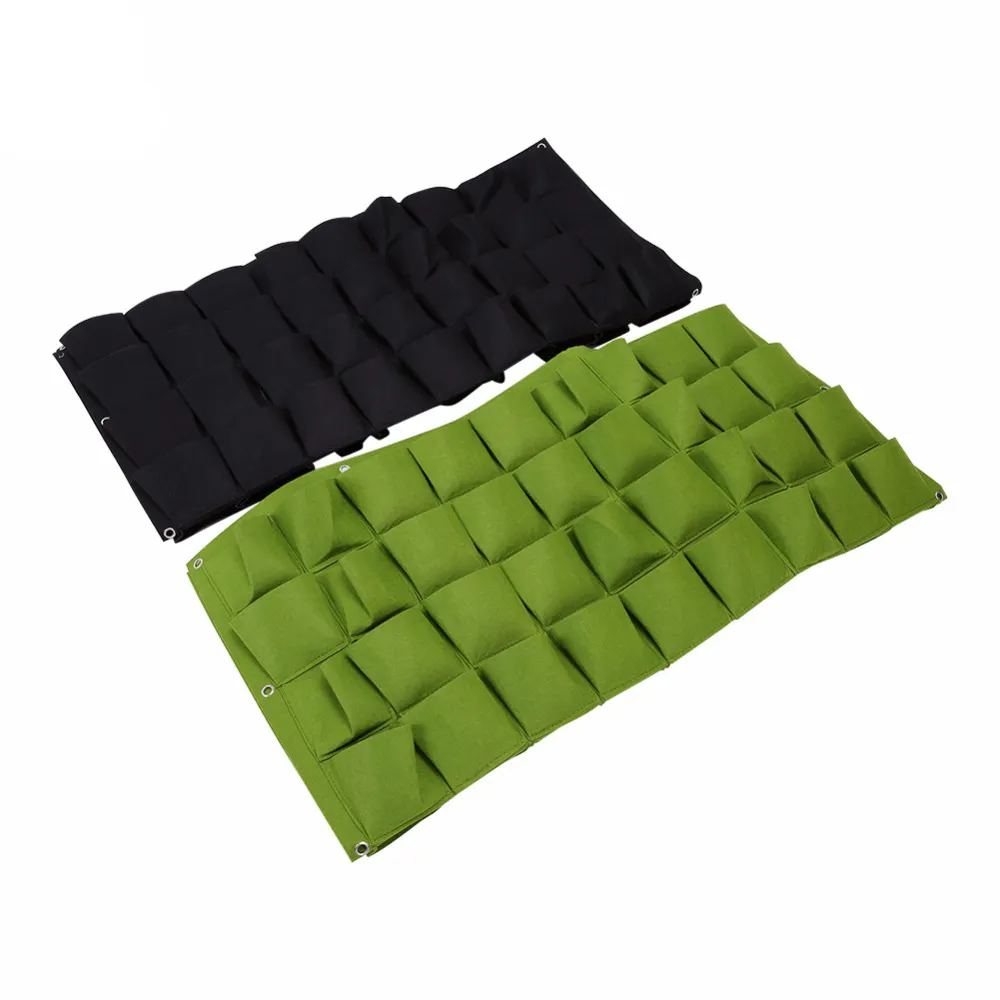
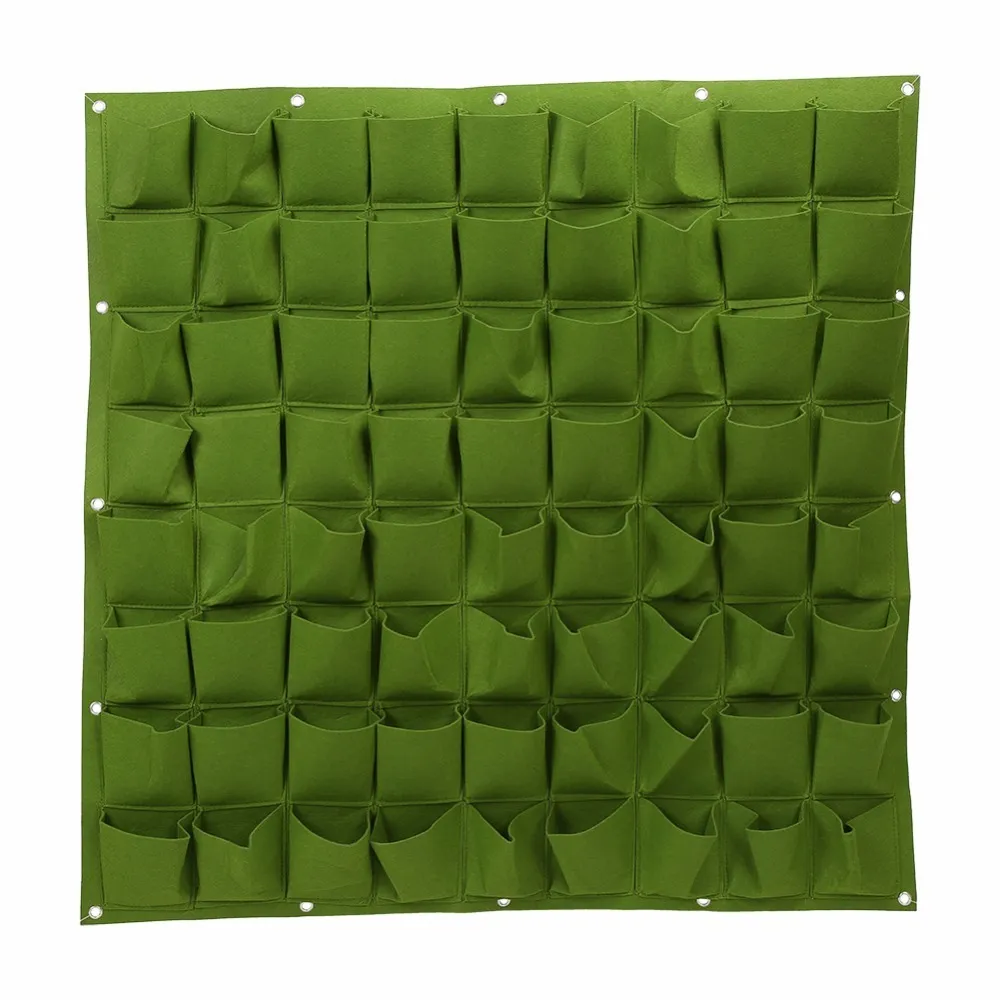
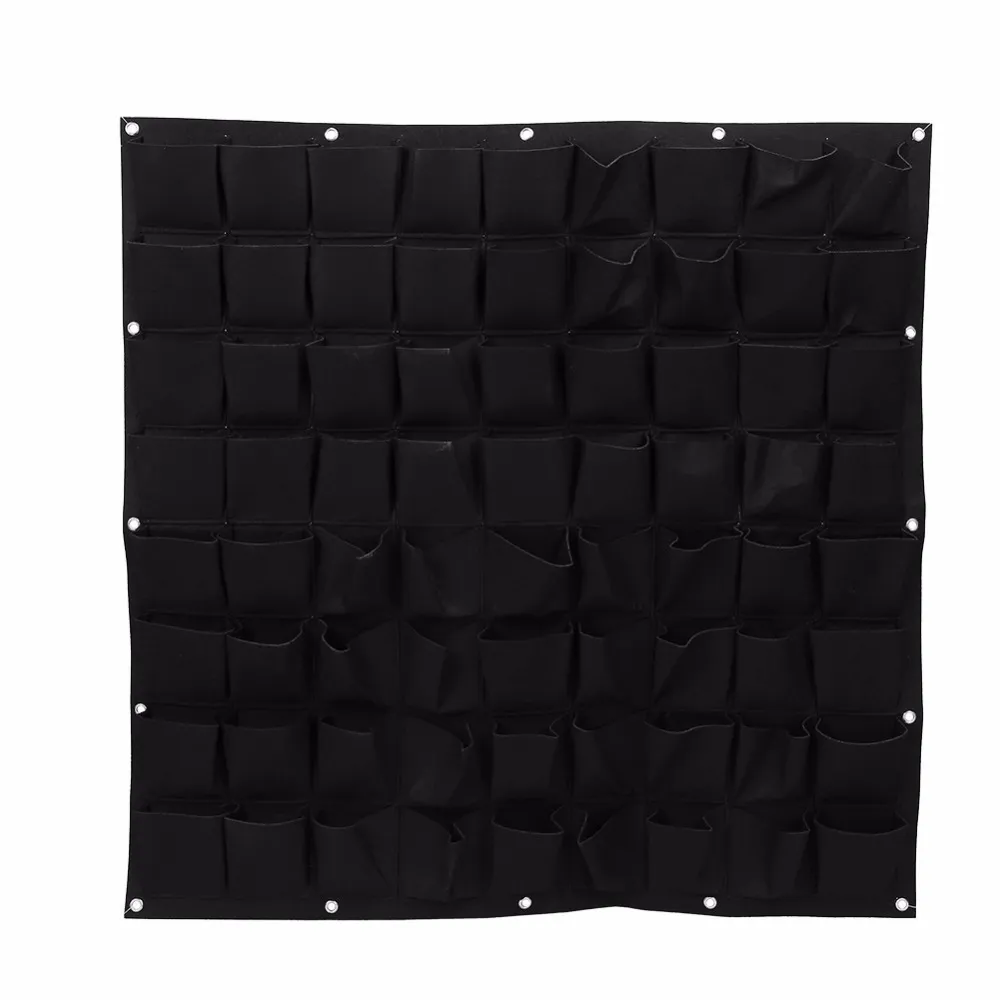
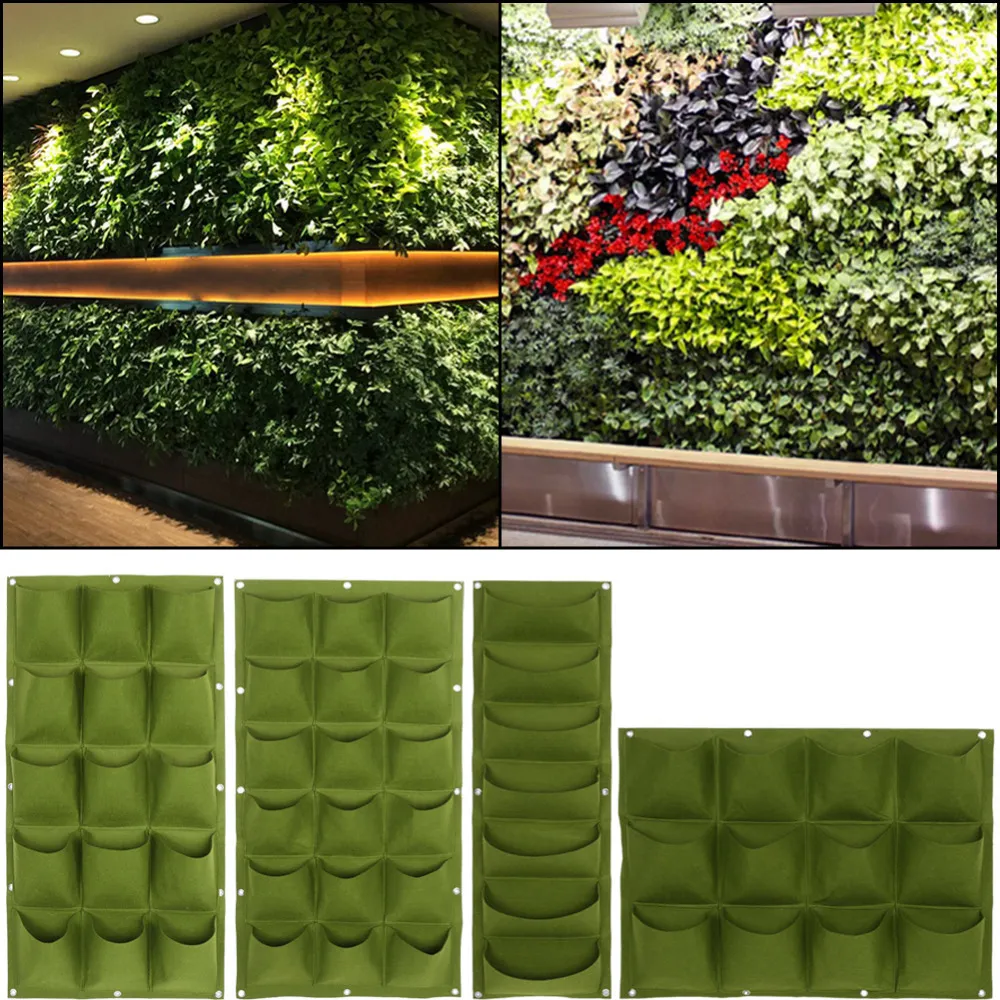
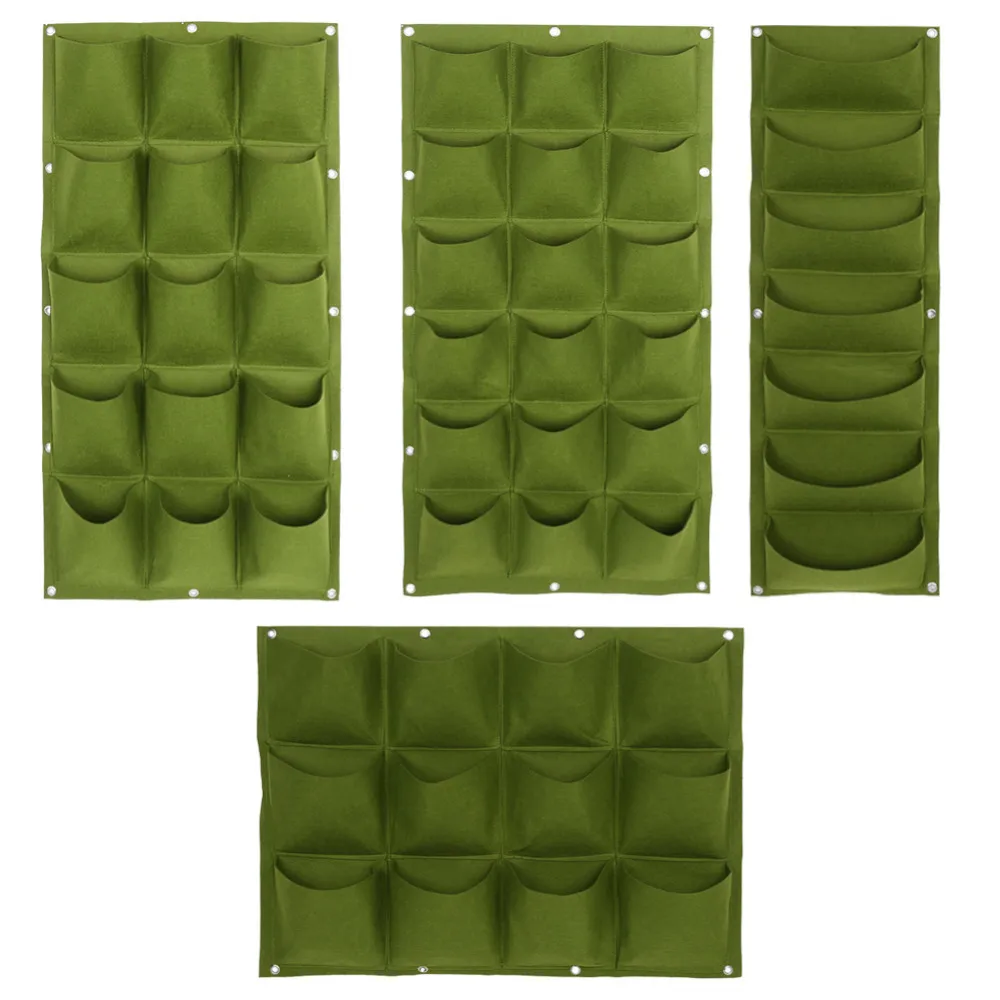
Benefits of Garden Hanging Bags
One of the most significant advantages of garden hanging bags is their space-saving design. Garden hanging bags are designed to be hung on any sturdy support, such as a wall, railing or trellis. This means you can easily hang several of these bags in a small area, without taking up valuable ground space. This feature makes them perfect for apartment balconies, small decks, or even indoors.
Another advantage of garden hanging bags is their versatility. They can be used to plant a variety of different plants, including flowers, herbs, vegetables, and fruits. This allows you to create a garden that suits your tastes and needs. Additionally, garden hanging bags come in various sizes, so you can choose the size that is best suited to your plants.
Moreover, garden hanging bags offer an advantage over traditional gardens by increasing plant yield. The hanging position of the bags allows for better air circulation and drainage, resulting in healthier and stronger plants. This also helps prevent pest infestations and disease outbreaks, which often occur due to stagnant water. Furthermore, garden hanging bags are usually made from materials that retain moisture, preventing plants from drying out quickly, and reducing the need for frequent watering.
In addition to these benefits, garden hanging bags require minimal maintenance. Due to their design, they are easy to move around, making it easier to clean and maintain them. One can wash, replant, and use them again. Also, garden hanging bags are affordable and readily available in the market, making them accessible to anyone who wants to start gardening.
Types of Plants for Garden Hanging Bags
Herbs:
Herbs are excellent choices for garden hanging bags as they do not require a lot of space and grow well in containers. Some popular herbs include basil, thyme, rosemary, parsley, and cilantro. Not only do they add flavor to your meals, but they also add fragrance to your outdoor space.
Succulents:
Succulents are great for garden hanging bags because they require very little maintenance. They store water in their leaves, making them very drought-tolerant. Some popular succulent options include the string of pearls, jade plant, and donkey’s tail.
Trailing Vines:
Trailing vines are perfect for adding some drama and height to your garden hanging bag. They are also great for covering bare areas. Some popular trailing vine options include ivy, pothos, and wandering Jew.
Flowers:
Flowers are an excellent choice for adding some color and beauty to your garden hanging bag. Some popular flower options include petunias, geraniums, impatiens, and lobelia. These flowers require regular watering and fertilizing, but the payoff is worth it when they start to bloom.
When selecting plants for your garden hanging bag, it is important to consider the amount of sunlight and water they will need. Most plants require at least six hours of sunlight per day, so make sure to hang your bag in a sunny area. It is also important to choose plants that have similar water requirements, so you do not end up overwatering or underwatering some of your plants.
Tips for Using Garden Hanging Bags
Choosing the Right Size
The first step in using garden hanging bags effectively is choosing the right size. This depends on the type of plant you want to grow and how much soil it needs to thrive. Generally, smaller plants like herbs and flowers can be grown in smaller bags, while larger vegetables like tomatoes and peppers require larger bags. It is important to note that overcrowding plants in a bag can hinder their growth and development. Therefore, it is best to err on the side of caution and choose a larger bag if you are unsure.
Selecting the Appropriate Soil
The soil you use in your garden hanging bag is crucial to the success of your plants. You should select a high-quality potting mix that is specifically designed for container gardening. Avoid using regular garden soil as it can become compacted and hinder root growth. Additionally, garden hanging bags can dry out quickly, so it is important to select a soil that retains moisture well.
Ensuring Adequate Watering and Drainage
Proper watering and drainage are essential to the health of your plants in garden hanging bags. Overwatering can lead to root rot, while under-watering can cause your plants to wilt and die. The best way to ensure adequate watering is to water your plants when the top inch of soil feels dry to the touch. Be sure to water thoroughly, allowing excess water to drain out of the bottom of the bag. If your garden hanging bag does not have drainage holes, be sure to create some to prevent water from accumulating and causing damage to your plants.
Conclusion
Using garden hanging bags effectively requires attention to detail and some knowledge of gardening. Choosing the right size, selecting the appropriate soil, and ensuring adequate watering and drainage are all key components to growing healthy plants in garden hanging bags. By following these tips, you can enjoy a beautiful vertical garden and reap the benefits of fresh produce and herbs without the need for a traditional garden.
FAQs: Transform Your Space with Garden Hanging Bags
Q1. What are garden hanging bags and how do they work?
Garden hanging bags, also known as vertical grow bags, are a convenient and space-saving way to grow plants and flowers in smaller areas such as balconies, patios, or walls. They consist of a durable fabric pouch that can be filled with soil and planted with your choice of seeds or young plants. The bags are designed to hang from hooks or brackets, allowing your garden to grow vertically instead of taking up floor space.
Q2. What types of plants and flowers can be grown in garden hanging bags?
Thanks to their versatility, garden hanging bags can accommodate a wide variety of plants and flowers. Some popular choices include herbs like basil or parsley, flowers like petunias or marigolds, and even small vegetables like cherry tomatoes or peppers. When choosing your plants, it’s important to consider factors like sunlight exposure, watering needs, and the size of the bag you’ll be using.
Q3. How often should I water my garden hanging bags?
The frequency of watering your garden hanging bags will depend on several factors including the size of the bag, the type of plant you’re growing, and the weather conditions in your area. As a general rule, most gardeners find it necessary to water their hanging bags every 2-3 days during the growing season. It’s important to check the soil moisture levels regularly and adjust your watering schedule accordingly.
Q4. Can garden hanging bags be used indoors?
Yes, garden hanging bags can be used indoors as well as outdoors. In fact, they can be a great solution for apartment dwellers or anyone with limited space looking to add a touch of greenery to their home. Just be sure to choose plants that are suited for indoor conditions and provide them with proper lighting and ventilation.



